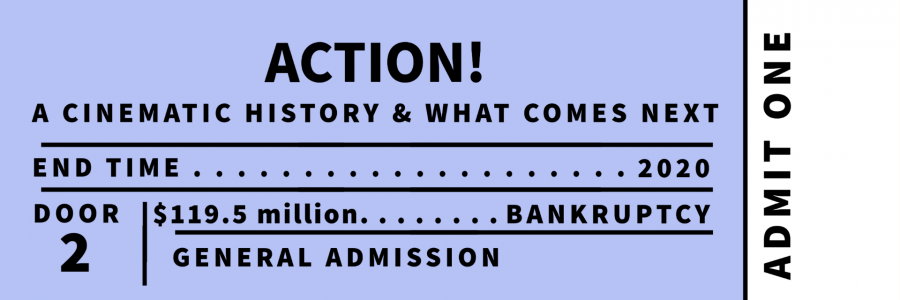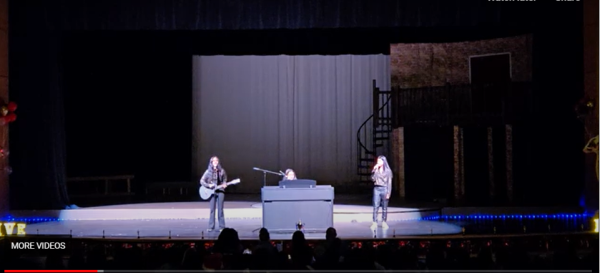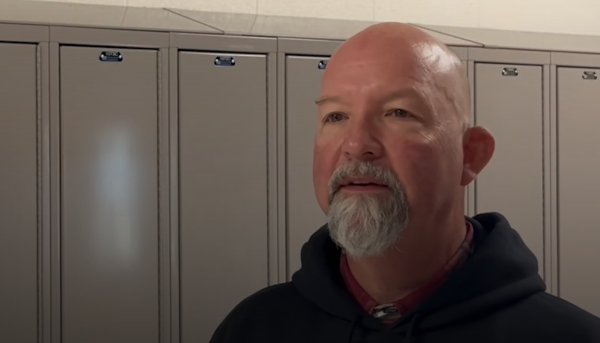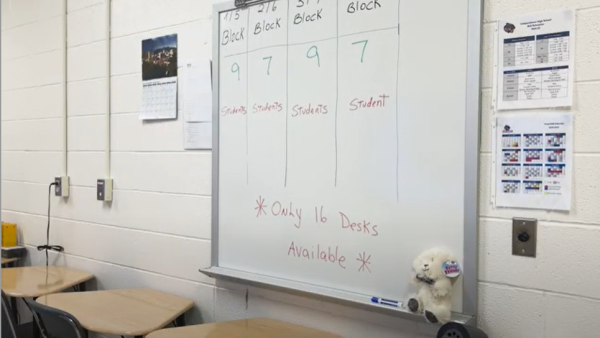And…Action! A cinematic history
This year’s third financial quarter, the largest global movie theater chain, American Multi-Cinema (AMC) announced a revenue of $119.5 million; comparatively, this same quarter last year brought in $1,316.8 million, they announced in a report published Oct. 20. “Substantial doubt exists about the company’s ability to continue as a going concern for a reasonable period of time,” the report stated.
Cinema thrives from innovation, but paradoxically remains entrenched in the grandiosity of the Victorian era in which it was begun. Velveted curtains and plush seating of most movie theaters hearken back to time where the trinkets of luxury were first made available to the common man. Today, though, such trappings are beginning to mark an industry doomed to stagnate.
About a century and a quarter ago, the first American movie theater opened its doors to the public. Coupled with the rising number of people settled in the western half of the country, Hollywood established its roots in California and dug its heels in deep. Originally built to accommodate the short motion pictures, independent theaters had to relocate or remodel after the introduction and popularity of feature films.
The early 20th century was rocked by global economic disaster (the Great Depression), sandwiched by two world wars that collectively devastated the world. The movie theater represented an escape from the bleak environment that has come to represent those times. War films that helped push the Allied cause, like “Casablanca,” also prevailed, driving interest in World War II even on the home front.
In the following American economic prosperity, movies became more accessible to the rising middle class. The television sets began to replace the radio; so began the rise of television series. With more eyes fixated on the silver screen, Hollywood created, capitalized and prospered. As a result, movie theaters have become modern icons of the 1950s and ‘60s, characterized by stars like Marilyn Monroe.
Over the years, families were limited to three options: buying a movie, renting or borrowing from a library or going to a theater. Enter Netflix. With the rise of the instantly available streaming services, people no longer needed short-term use of DVDs; most famously, its prevalence became movie rental mogul Blockbuster’s killing blow in the mid-2000s.
Theaters, however, endured. Streaming a television series from a laptop or other personal device is, after all, a markedly different experience from watching in a physical theater. “There are the shows we [like] to binge watch… You absorb all this information, and [there is] this silo effect because everyone is doing it by themselves,” said Mrs. Lindsay Fitzgerald, the English teacher responsible for establishing film studies at Independence high school. “In a movie theater, everyone is experiencing the movie at the same time, so you can hear the reactions of the people around you; you can turn to a friend or you can start talking during the film. You can have these conversations… It democratizes human experience.”
Filmmakers have weighed in on the effect of streaming services as well. Noted director Christopher Nolan has made his displeasure with Netflix particularly clear. “Netflix has a bizarre aversion to supporting theatrical films,” Nolan said, IndieWire reported. “They have this mindless policy of everything having to be simultaneously streamed and released, which is obviously an untenable model for theatrical presentation.” This was, he continued, unlike Amazon Video’s model, Amazon’s streaming service extension, which allowed about three months for movies to air in theaters before becoming available online.
As streaming services gain more traction every year, the movie theater industry has begun to buckle and shift under the pressure. The three largest chains in the country — American Multi-Cinema (AMC), Cinemark and Regal Fox — all have established their own ticket subscription services. For a monthly fee, customers can see movies; the numbers of allotted films per month, pricing, family discounts all depend on the plan and company chosen.
Some theaters have retaliated against the dominance of streaming services by making their establishments still more luxurious, driving prices up. Mostly, this means costly renovations for things like larger screens, reclining seats or better speaker systems. Some even serve moviegoers with fully-serviced restaurants, delivered to them discreetly during the show. “Theaters make all of their profit off of concessions,” said senior Katie Kraabel, a former employee at the Brambleton Regal Fox theater. “And [with] people normalizing sneaking food into the movie… theaters suffer.”
This may be all for naught, however; the onset of the COVID-19 pandemic has seen the number of online streaming service subscribers skyrocket, while theaters remain empty. Few are willing to risk sitting in close proximity to total strangers, breathing the same air, for about two hours for the sake of the newest film. Additionally, there is the fact that virtually every summer blockbuster slated for release in 2020 has been pushed back: Wes Anderson’s “The French Dispatch,” Cate Shortland’s “Black Widow” and Christopher Nolan’s “Tenet” are just a few among their number.
Different theaters have dealt with the issue differently. Although subject to state lockdowns, some managed to air movies like “Tenet,” which was released Aug. 26, after being pushed back from its original release date on July 17. Organizations like the National Association of Theatre Owners (NATO) have been pushing to reopen theaters, with safety measures. CinemaSafe, a self-described “alliance of 400 companies [that]… have come together to commit to implementing expert-backed, industry-specific health and safety protocols,” is geared towards supporting businesses trying to reopen.
Some film companies decided to take matters into their own hands as well: Disney controversially released their live-action “Mulan” exclusively on their online streaming service Disney+, for an extra fee of $30.
In Va. theaters are open at 50% capacity. On the local level, the Alamo Drafthouse Cinema in OneLoudoun has opened its doors once more, with options for renting out entire theaters for $150. The Alamo has also introduced drive-in theaters through November, where viewers can watch classic movies on a big screen from the comfort and safety of their own cars.
And yet, prospects look bleak for the industry, with pitfalls lining the road ahead. “Over the years, I’ve definitely seen a decrease in customers, and that’s why features like 4DX and IMAX movies have become popular… they are now relying on selling an experience, not the movie,” Kraabel said. “But I honestly don’t think the theater industry will be around for much longer.”










